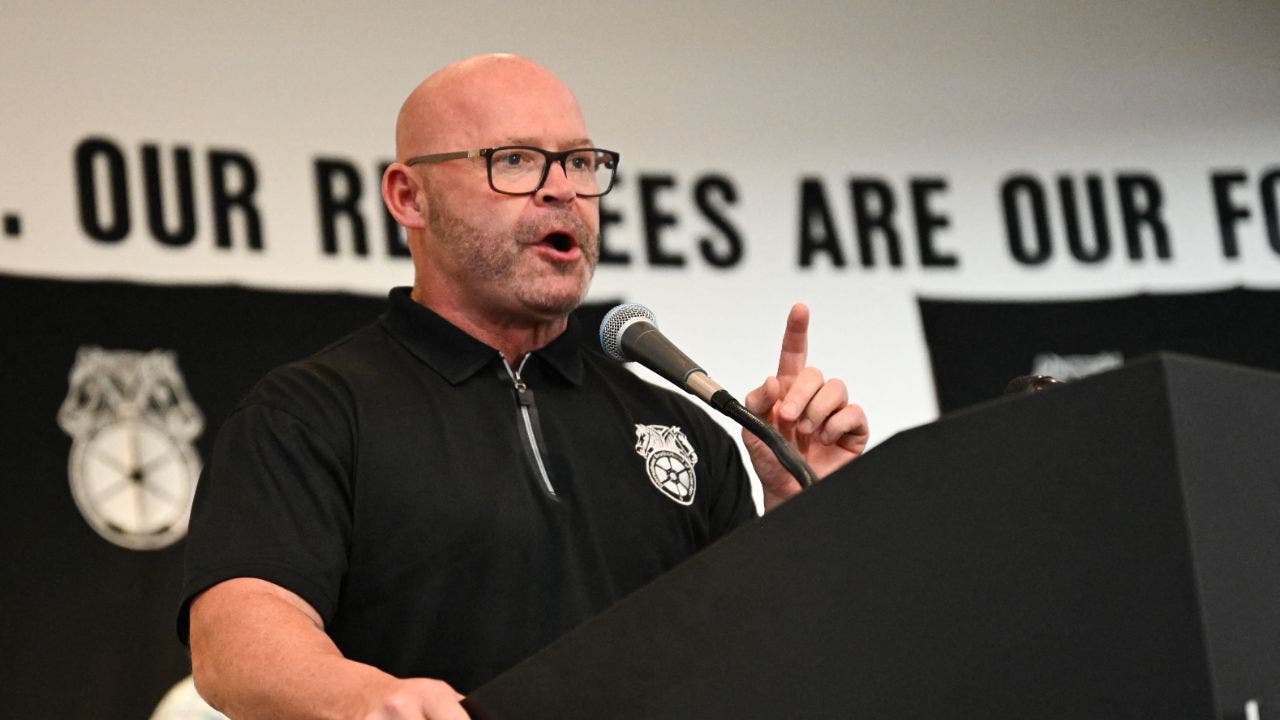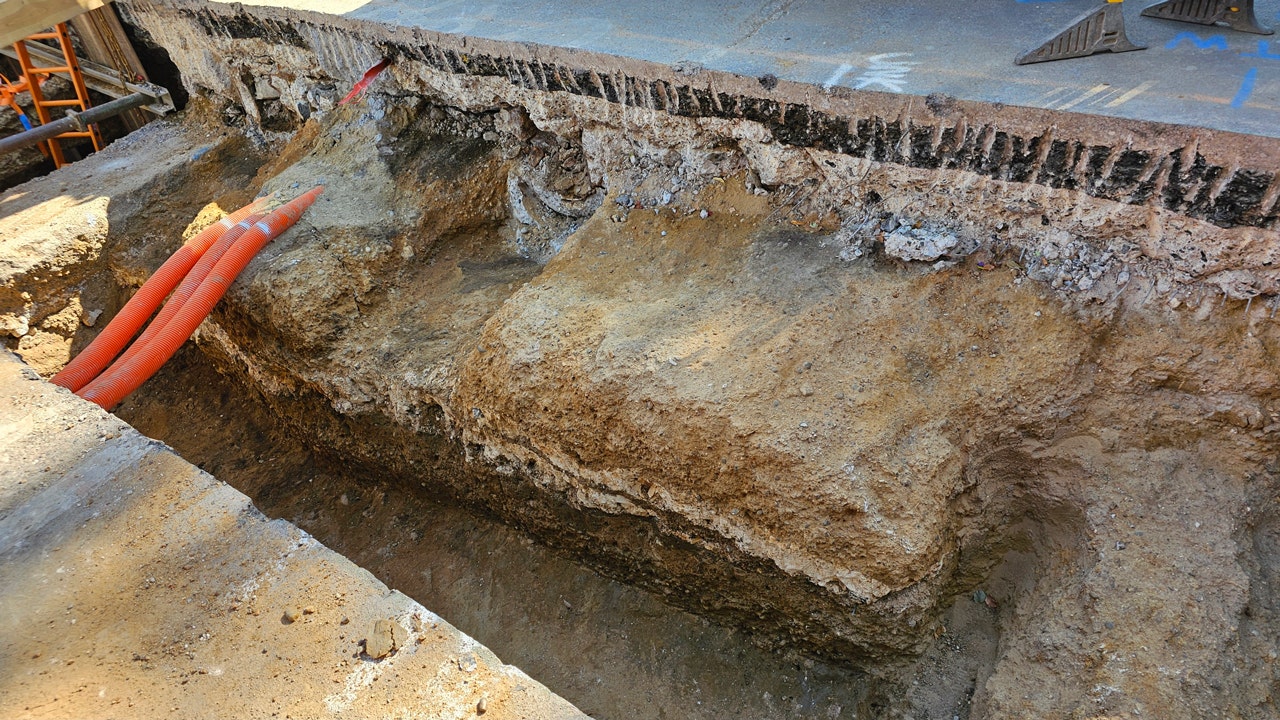Federal Reserve Chair Jerome Powell said Thursday that the central bank’s policymakers aren’t in a rush to reduce interest rates to the so-called “neutral rate” and feel comfortable making adjustments to rates as it looks to bring inflation to its target.
In an event at the Dallas Regional Chamber, Powell said in his opening remarks, “We are moving policy over time to a more neutral setting. But the path for getting there is not preset. In considering additional adjustments to the target range for the federal funds rate, we will carefully assess incoming data, the evolving outlook, and the balance of risks.”
“The economy is not sending any signals that we need to be in a hurry to lower rates. The strength we are currently seeing in the economy gives us the ability to approach our decisions carefully,” Powell explained. “Ultimately, the path of the policy rate will depend on how the incoming data and the economic outlook evolve.”
In a question-and-answer session with Washington Post columnist Catherine Rampell, Powell was asked about how the Federal Reserve knows when it has reached the neutral rate and his past comments that “we know it by its works.”
FED CUTS INTEREST RATES BY QUARTER POINT
Powell explained that when the Fed moves the benchmark federal funds rate up or down, it has to have an “estimate of something that’s kind of neutral, a level of interest rates that’s neither pushing the economy up and supporting it or dragging it down, which would be tighter, restrictive policy.”
“We fully acknowledge that there’s no sort of theoretical or empirical way to arrive at an estimate of what the neutral rate is that you can have a lot of confidence in,” he said. “So what does that argue for? It argues for moving carefully.”
Powell went on to say that the Fed views its current policy as restrictive, though it can’t say exactly how restrictive it is, because the “economy was overheated and now it’s cooled down pretty much as we had hoped it would, which is that we’ve had a gradual cooling in the labor market, inflation’s come down a lot, and the labor market is not quite stabilized, but it’s in a good place.”
FED’S POWELL STAYING PUT EVEN IF TRUMP HAS ANOTHER IDEA
“We’ve started the process of cutting rates and moving back down toward neutral. I think the right way to find that level is carefully and patiently,” he explained. “You don’t want to move too quickly — you may have to move quickly because if the labor market were to begin to deteriorate in a serious way, we would want to get ahead of that, but we’re not seeing that.”
“I think in this situation, what it calls for is for us to be careful and move carefully, and we sort of reach the range near the plausible range of neutral levels, it may be the case that we slow the pace of what we’re doing just to increase the chances that we get this right,” Powell said.
“We’re navigating between… the risk that we move too quickly, the risk that we move too slowly. We want to go down the middle and get it just right so we’re providing support for the labor market and also helping to enable inflation to come down,” Powell explained. “So going a little slower, if the data will let us go a little slower, that seems like a smart thing to do.”
INFLATION RISES 2.6% IN OCTOBER, IN LINE WITH EXPECTATIONS
The Fed raised interest rates to the highest level since 2001 — a range of 5.25% to 5.5% — in response to the hottest inflation in 40 years, which peaked at 9.1% in June 2022 following pandemic-related supply chain disruptions and substantial levels of federal spending aimed at mitigating COVID’s impact.
In its last two meetings, the Fed lowered the federal funds rate by 50 basis points in September, followed by a 25 basis point cut last week, leaving it at a range of 4.5% to 4.75%. Inflation measures have eased closer to the 2% target, with the consumer price index (CPI) at 2.6% in October and the Fed’s preferred personal consumption expenditure (PCE) index at 2.1% in September, the most recent reading.
Powell was asked whether he plans to continue serving on the Fed’s Board of Governors after the expiration of his term as chair, which expires in May 2026. His term on the board of governors runs until January 2028.
“I would just say, I’ll certainly serve until the end of my chair term, and that’s really all I’ve decided and how I think of that. We’re very focused just on getting the job done for the American people, that’s enough of a job for us to be focused on,” he said.
Read the full article here












